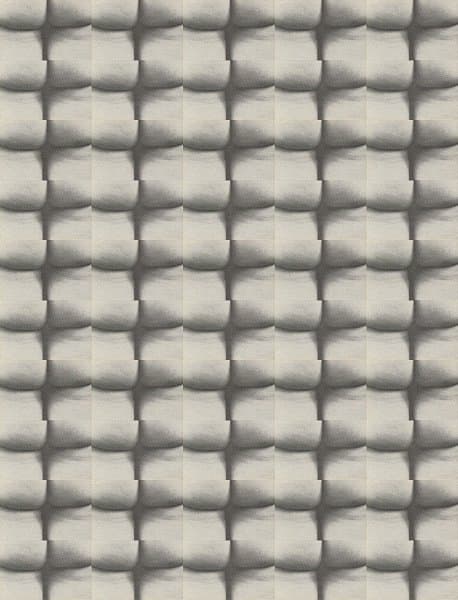- Overview
- Themes
- Works
-
Artists
- Albers Josef
- Andre Carl
- Arakawa
- Arneson Robert
- Baer Jo
- Baldessari John
- Bourgeois Louise
- Calder Alexander
- Castoro Rosemarie
- Close Chuck
- Cornell Joseph
- de Kooning Willem
- Flack Audrey
- Flavin Dan
- Frankenthaler Helen
- Gertsch Franz
- Gilhooly David
- Glarner Fritz
- Goldin Nan
- Gorky Arshile
- Guston Philip
- Held Al
- Hesse Eva
- Hofmann Hans
- Johns Jasper
- Judd Donald
- Kelly Ellsworth
- Kienholz Edward
- Krasner Lee
- Levine Marilyn
- Lewitt Sol
- Lichtenstein Roy
- Louis Morris
- Man Ray
- Mapplethorpe Robert
- Martin Agnes
- Morris Robert
- Motherwell Robert
- Nauman Bruce
- Newman Barnett
- Noland Kenneth
- Oldenburg Claes
- Ono Yoko
- Pollock Jackson
- Rauschenberg Robert
- Reinhardt Ad
- Resnick Milton
- Rothko Mark
- Ryman Robert
- Samaras Lucas
- Schueler Jon
- Shapiro Joel
- Sherman Cindy
- Smith David
- Smithson Robert
- Sonfist Alan
- Sonnier Keith
- Stackhouse Robert
- Stella Frank
- Still Clyfford
- Turrell James
- Warhol Andy
- Wilson Robert
- Tours
- Events
Yoko Ono
In 1966 Yoko Ono took part in the landmark Destruction in Art Symposium in London in September and her subsequent exhibition at Indica Gallery in November cemented her reputation internationally as a leading avant-garde artist. The original first FILM NO. 4 FOUR 1966 was actually called Fluxfilm no 16. Fluxus was a loosely tied together group of artists, poets, filmmakers, composers and musicians working across country boundaries and media. Ono came to be associated with Fluxus though her practice also predated her involvement. She has continued to work broadly across media, sculptural and performative work, through to voice, music and the conceptual. The overarching intention of the works is that she seeks always to involve and empower the audience, to jolt it out of a passive complacency.
Anne O’Hehir
See more works by this artist in the NGA collection
 Yoko Ono
Fluxus wallpaper; after Film No. 4, 1967
c. 1973
Gift of Alan R Dodge and Gilbert Silverman 1993
Learn more
Yoko Ono
Fluxus wallpaper; after Film No. 4, 1967
c. 1973
Gift of Alan R Dodge and Gilbert Silverman 1993
Learn more


